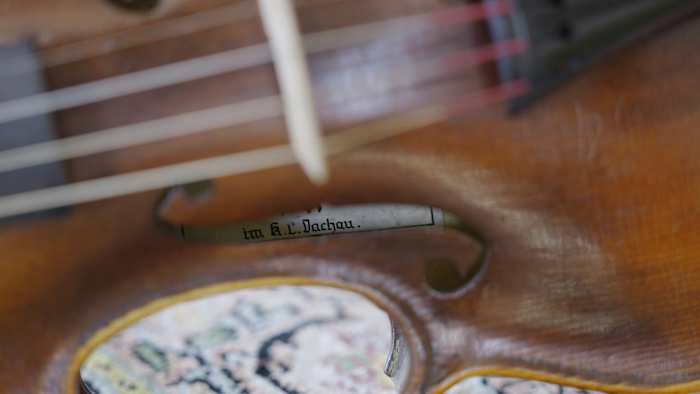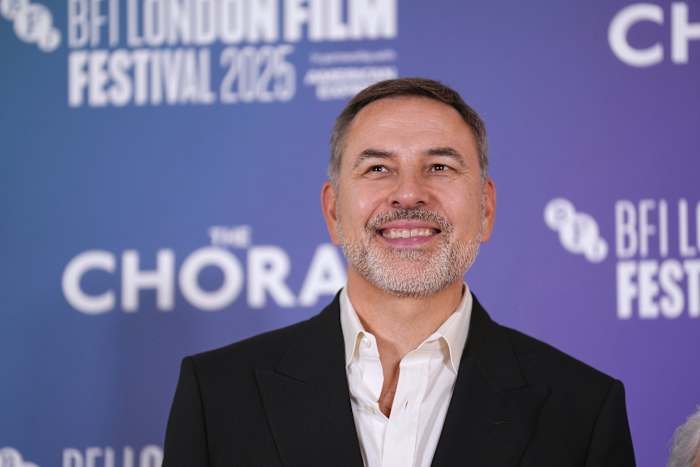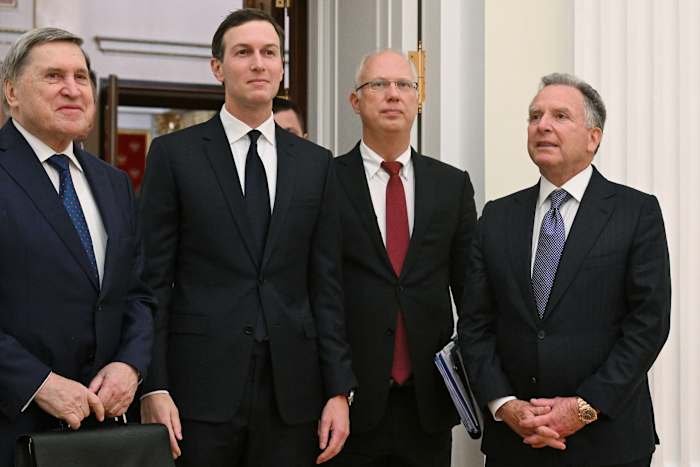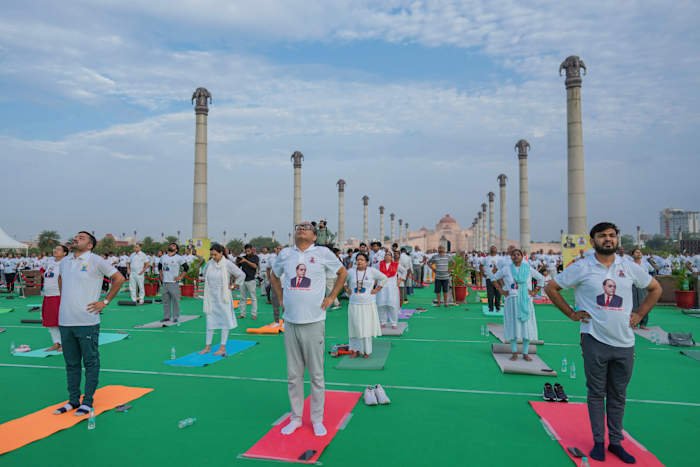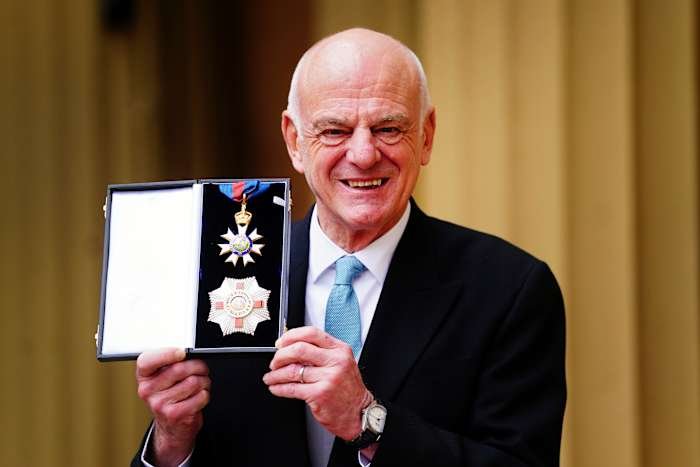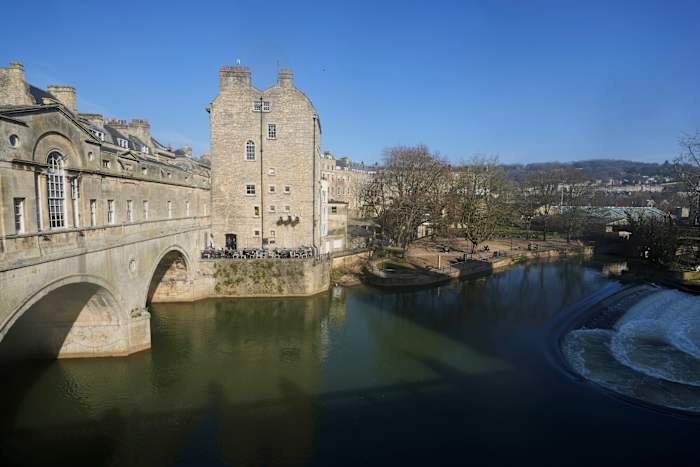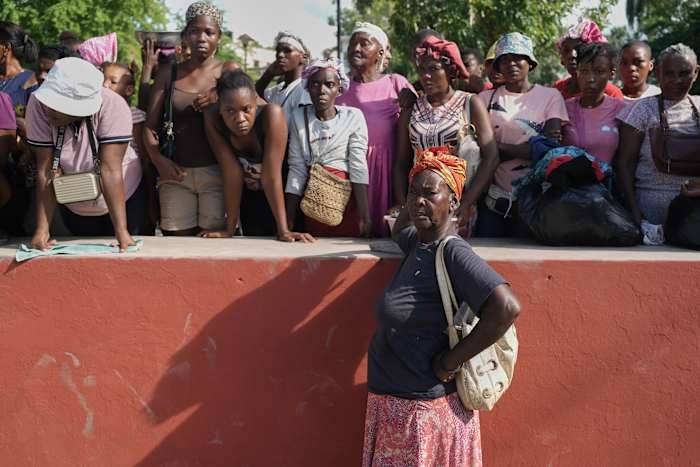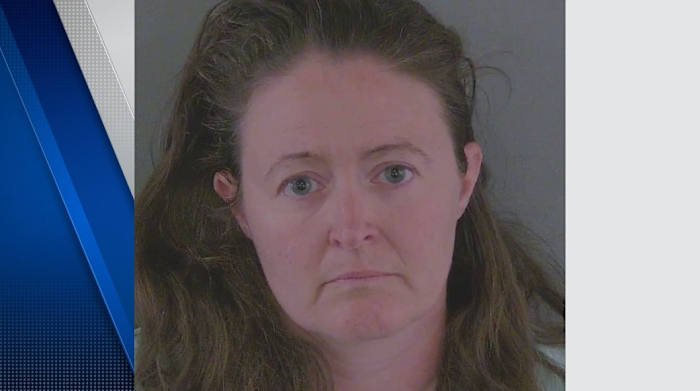Introduction
Orlando is a city that embraces culture, diversity, and history. Our community is home to people of all backgrounds, including many with deep family ties to the Jewish experience of World War II. In a powerful reminder of the resilience and creativity that can emerge even in the darkest times, a recent discovery has captivated hearts worldwide—and right here in Central Florida. A violin, crafted in 1941 within the harrowing confines of the Dachau concentration camp, was found to contain a hidden note from its maker, Franciszek Kempa, a Polish Jewish prisoner. This extraordinary story echoes across continents, inviting us in Orlando to reflect, remember, and connect with our shared humanity.
The Remarkable Discovery of the Dachau Violin
The story began when researchers examining a vintage violin from the 1940s made a startling discovery. The instrument, which had long been considered simply a rare artifact, was found to contain a concealed note inside the body of the violin. The note, carefully handwritten and hidden by Franciszek Kempa, revealed a message of hope and resistance. Created under the constant threat of violence and death, this violin stands as a testament to the enduring spirit of those imprisoned in Nazi camps.
The violin itself is a work of art, built with whatever materials Kempa could scavenge. Its very existence is a symbol of defiance—a refusal to let culture and beauty be extinguished by hate. For Orlando’s Jewish community and all those interested in history and human rights, the story of this violin serves as a powerful point of connection to the past.
Franciszek Kempa: Courage, Artistry, and Survival
Franciszek Kempa’s story is one of unimaginable hardship, but also of profound courage. As a skilled musician and craftsman, Kempa was forced to use his talents for the amusement of camp guards and Nazi officials. Yet, he found ways to infuse his work with secret acts of resistance. The hidden note inside the violin detailed not only his identity but offered a message of solidarity and hope to anyone who might one day find it.
For many in Orlando, particularly those with family roots in Eastern Europe or with relatives who survived the Holocaust, Kempa’s story resonates on a deeply personal level. It reminds us of the importance of preserving history and honoring those who endured. Orlando’s museums, synagogues, and cultural organizations frequently host Holocaust remembrance events and educational programs, making stories like Kempa’s especially relevant for our community.
The Violin’s Legacy and Its Journey to Orlando
While the violin was discovered in Europe, its legacy has reached far and wide—including right here in Orlando. The city is home to a vibrant classical music scene, with organizations like the Orlando Philharmonic Orchestra and numerous youth ensembles nurturing talent and appreciation for musical heritage. Plans are already underway to bring the Dachau violin on a tour that may include stops in major U.S. cities, with Orlando’s arts institutions expressing interest in hosting the artifact for exhibitions and educational events.
Bringing this violin to Orlando would be a profound opportunity for residents to connect with a tangible piece of history. It would also offer educators a unique tool for teaching about the Holocaust, the power of art, and the resilience of the human spirit. Orlando’s own Holocaust Memorial Resource & Education Center has already highlighted the story on its website, inviting locals to learn more and participate in upcoming remembrance initiatives.
Why This Discovery Matters in Orlando Today
At a time when hate crimes and antisemitism are once again on the rise, stories like that of the Dachau violin are more important than ever. Orlando’s diverse community benefits from opportunities to embrace our shared values of tolerance, remembrance, and unity. The story of Franciszek Kempa’s secret note serves as a call to action: to stand against hate, to honor the memory of those who suffered, and to ensure that their stories are never forgotten.
For Orlando’s schools, religious institutions, and cultural centers, the discovery offers a valuable chance to foster dialogue and understanding. Local teachers have already begun using the story in classroom discussions about history, ethics, and the power of creative expression even in the face of overwhelming adversity.
Conclusion
The hidden note found inside the Dachau violin is more than just a historical curiosity—it’s a message that transcends time and place, reaching all the way to our Orlando community. As we reflect on the courage and resilience of Franciszek Kempa, let’s honor his legacy by learning, remembering, and coming together as a city that values history, humanity, and hope.
What are your thoughts on this extraordinary discovery? Have you or your family been touched by stories of resilience from history? Share your reflections in the comments below and join the conversation with your fellow Orlando residents.

